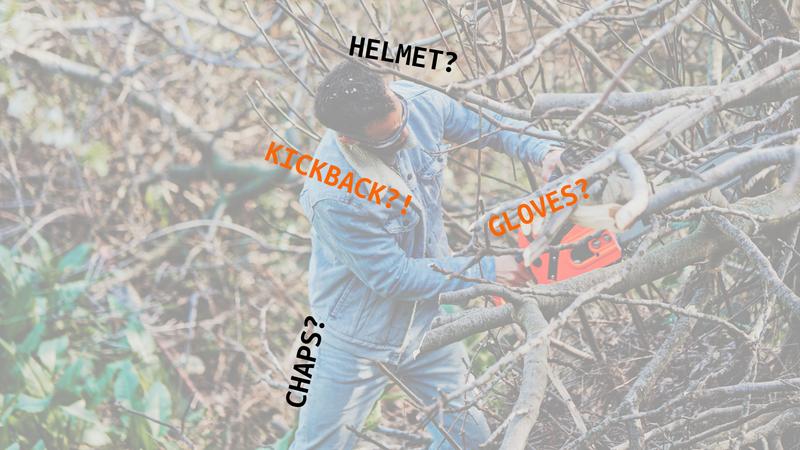Introduction
For an in-depth look at tree removal and the process, check out our Ultimate Guide to Tree Removal.
Removing a tree might seem straightforward, but it’s a task filled with potential risks and challenges. Many homeowners attempt to tackle tree removal on their own, only to encounter costly mistakes or dangerous situations. In this article, we’ll cover the 10 most common tree removal mistakes and, more importantly, how to avoid them.
Whether you’re considering DIY tree removal or hiring a professional service, this guide will help you navigate the process safely and efficiently.
1. Underestimating the Size or Complexity of the Job
Why it’s a mistake: Many homeowners misjudge the size and complexity of tree removal. Larger trees have extensive root systems and tall branches that require specialized tools and expertise to remove safely.
How to avoid it: Consult with a professional tree removal service that can assess the job and provide a safe, efficient plan. This avoids unexpected challenges and ensures the tree is removed without harm to your property or others.
2. Failing to Check for Nearby Hazards
Why it’s a mistake: Trees near power lines, buildings, or underground utilities pose significant risks. Cutting them down without accounting for these hazards can lead to costly damage or injuries.
How to avoid it: Conduct a thorough site inspection before beginning. If power lines are involved, coordinate with your local utility company. A professional tree service will always check for these hazards as part of their process.
3. Not Obtaining Necessary Permits
Why it’s a mistake: In many areas, removing certain trees without a permit can result in fines or legal issues. Protected or heritage trees often require special permission for removal.
How to avoid it: Research your local regulations or work with a tree service that can handle permit applications on your behalf. This ensures compliance with all local laws.
4. Improper Use of Tools
Why it’s a mistake: Chainsaws, axes, and other tools can be extremely dangerous when used incorrectly. Lack of experience with these tools often leads to accidents.
How to avoid it: If you’re not trained in using heavy equipment, leave the job to the professionals. They have the expertise and safety protocols to use tools effectively.
5. Ignoring Tree Health or Stability
Why it’s a mistake: A diseased, dying, or hollow tree can fall unpredictably, increasing the risk of injury or property damage during removal.
How to avoid it: Have the tree’s health evaluated by an ISA Certified Arborist© before removal. They can identify structural weaknesses and plan the safest way to take it down.
6. Incorrect Cutting Techniques
Why it’s a mistake: Making improper cuts can cause a tree to fall in an unintended direction, potentially damaging structures or injuring people nearby.
How to avoid it: Professionals use precise cutting techniques, such as notch and back cuts, to control the tree’s fall. If you’re unsure of the process, hire an expert.
7. Neglecting Stump Removal
Why it’s a mistake: Leaving a stump behind can lead to pest infestations, regrowth, and tripping hazards, not to mention it’s an eyesore in your yard.
How to avoid it: Include stump grinding or removal in your tree removal plan. Many professional services offer this as an add-on or part of their package.
8. Ignoring Safety Precautions
Why it’s a mistake: Skipping safety gear like hard hats, gloves, and goggles significantly increases the risk of injury. Falls, flying debris, and equipment misuse are common dangers. Some members of our crew personally know a worker that had to have major work done to their face and teeth because they ignored proper gear and safe use of a chainsaw.
How to avoid it: Always wear proper safety gear and follow OSHA safety guidelines. Better yet, hire professionals who prioritize safety on every job.
9. Attempting DIY Tree Removal Without Experience
Why it’s a mistake: Tree removal is one of the most dangerous DIY tasks. Without proper training, you risk serious accidents, incomplete work, or damage to your property.
How to avoid it: Know your limits. If the tree is large, near hazards, or diseased, call a professional tree service instead of attempting DIY removal.
10. Not Cleaning Up Properly After Removal
Why it’s a mistake: Failing to remove debris can leave your yard cluttered and even damage your landscaping. Large branches and wood chunks can also attract pests if left unattended.
How to avoid it: Choose a tree removal service that includes thorough cleanup as part of their package. If you’re handling cleanup yourself, rent the necessary equipment, such as wood chippers, to finish the job efficiently.
Conclusion
Tree removal is a complex and potentially hazardous task that requires careful planning and expertise. By avoiding these common mistakes, you can save time, money, and ensure the safety of everyone involved. When in doubt, always consult with a professional tree service to get the job done right.
Contact us today for a free estimate!
For a comprehensive guide to tree removal and its importance, don't forget to check out our Ultimate Guide to Tree Removal.

